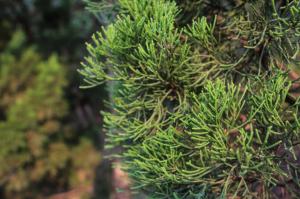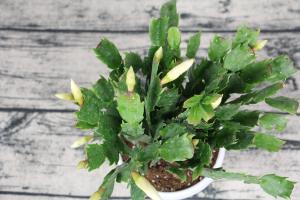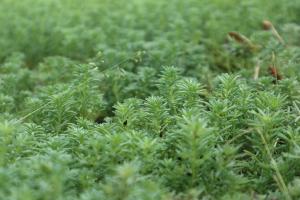Introduction
Tomato plant leaves are an indicator of plant health, and seeing them turn yellow can be a concerning sign for gardeners. While it's normal for some leaves to yellow and fall off towards the end of the growing season, yellowing leaves during the peak of the season can be a signal that something is wrong. In this article, we'll explore some of the most common reasons that tomato plant leaves turn yellow and what can be done to remedy the situation.
Nutrient Deficiency
One of the most common reasons that tomato plant leaves turn yellow is due to a nutrient deficiency. Specifically, yellowing leaves are often an indication that the plant is not receiving enough nitrogen. Nitrogen is a crucial nutrient for plant growth and is responsible for healthy, green foliage. When there's a lack of nitrogen, leaves turn yellow from the bottom of the plant upwards.
To remedy this problem, gardeners should consider using a nitrogen-rich fertilizer. Ammonium sulfate or blood meal are common types of fertilizers that can help boost nitrogen levels in the soil. It's important to follow the application instructions carefully as too much nitrogen can also cause yellowing or browning of the leaves.
Watering Issues
Another common cause of yellowing tomato plant leaves is due to watering issues. Overwatering or underwatering can both lead to yellowing leaves. When a tomato plant is overwatered, the roots can become waterlogged, which can disrupt nutrient absorption. This leads to a lack of oxygen in the soil and can cause yellowing leaves. Conversely, underwatering can also lead to yellow leaves as it causes the plant to become stressed, making it difficult for it to absorb nutrients.
The solution to this problem is to create a regular watering schedule that provides consistency to the plants. During dry periods, it's important to water the plants more frequently, but make sure to not let the soil become waterlogged. On the other hand, during rainy periods, it's important to make sure that the plants are not getting too much water. Adding a layer of mulch around the base of the plant can also help regulate moisture levels in the soil.
Diseases and Pests
In some cases, yellowing tomato plant leaves can be an indication of disease or pest infestation. Common tomato diseases such as blight or mosaic virus can cause the leaves to turn yellow and wilt. Similarly, pests such as spider mites or aphids can damage the plants and lead to yellowing leaves.
To prevent this problem, it's important for gardeners to maintain a clean and healthy growing environment. Regularly removing dead leaves and inspecting the plants for pests can help prevent infestations from occurring. If a disease or pest problem is suspected, using an organic or chemical control method can help remedy the situation quickly before it spreads to other plants.
Conclusion
In summary, seeing tomato plant leaves turn yellow can be concerning for gardeners, but it's often a solvable problem. Nutrient deficiency, watering issues, and disease or pest infestations are all common causes of yellowing leaves, but there are many remedies available to help keep plants healthy and green. By maintaining a clean and healthy growing environment and addressing any issues quickly, gardeners can enjoy a bountiful tomato harvest all season long.

 how many times do yo...
how many times do yo... how many planted tre...
how many planted tre... how many pine trees ...
how many pine trees ... how many pecan trees...
how many pecan trees... how many plants comp...
how many plants comp... how many plants can ...
how many plants can ... how many plants and ...
how many plants and ... how many pepper plan...
how many pepper plan...































